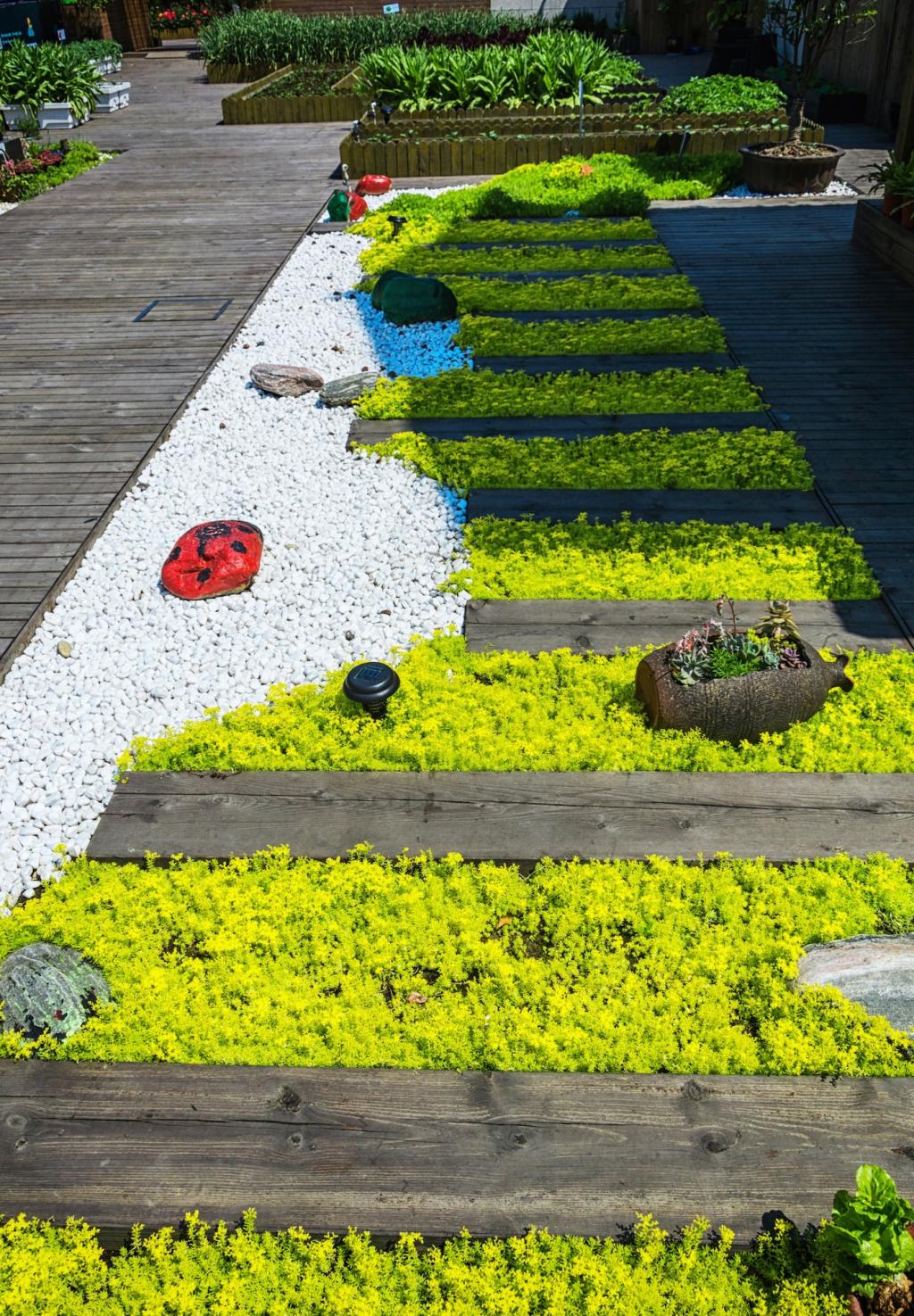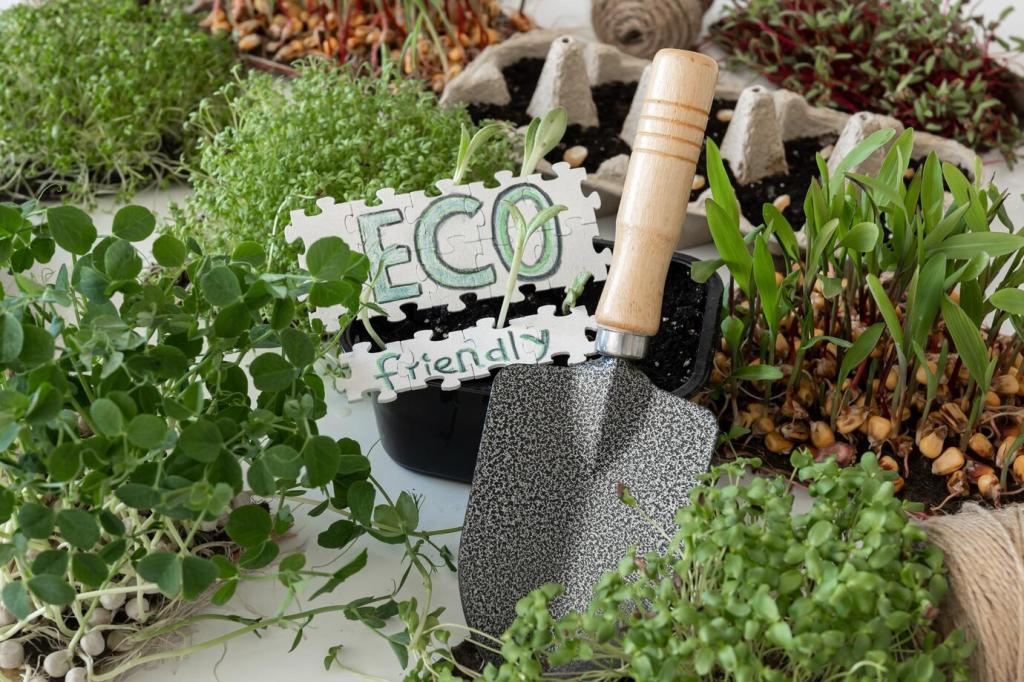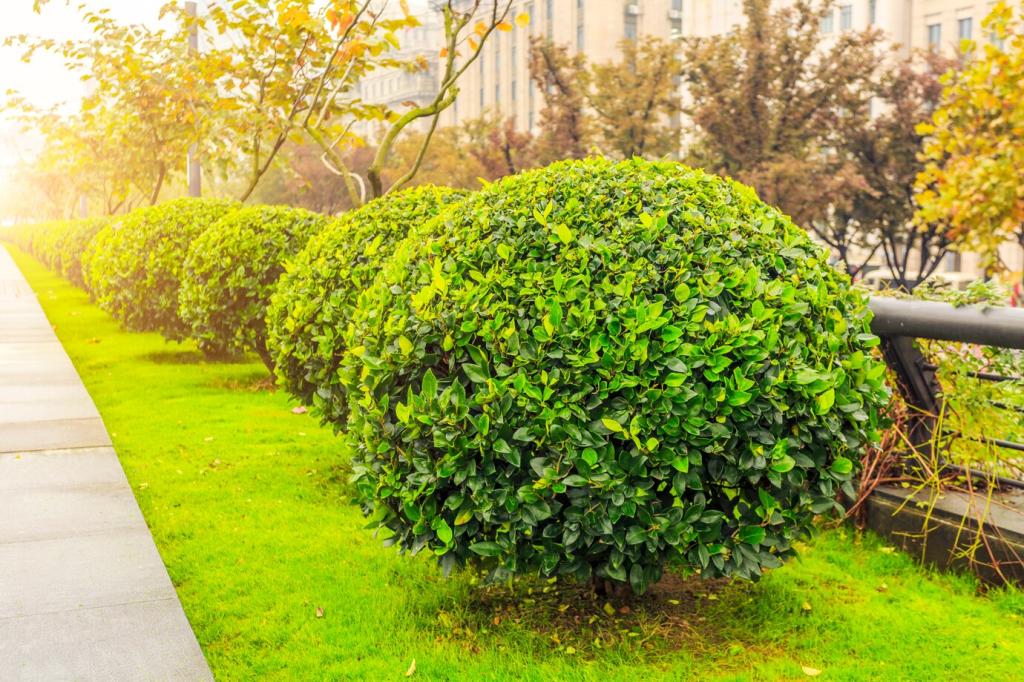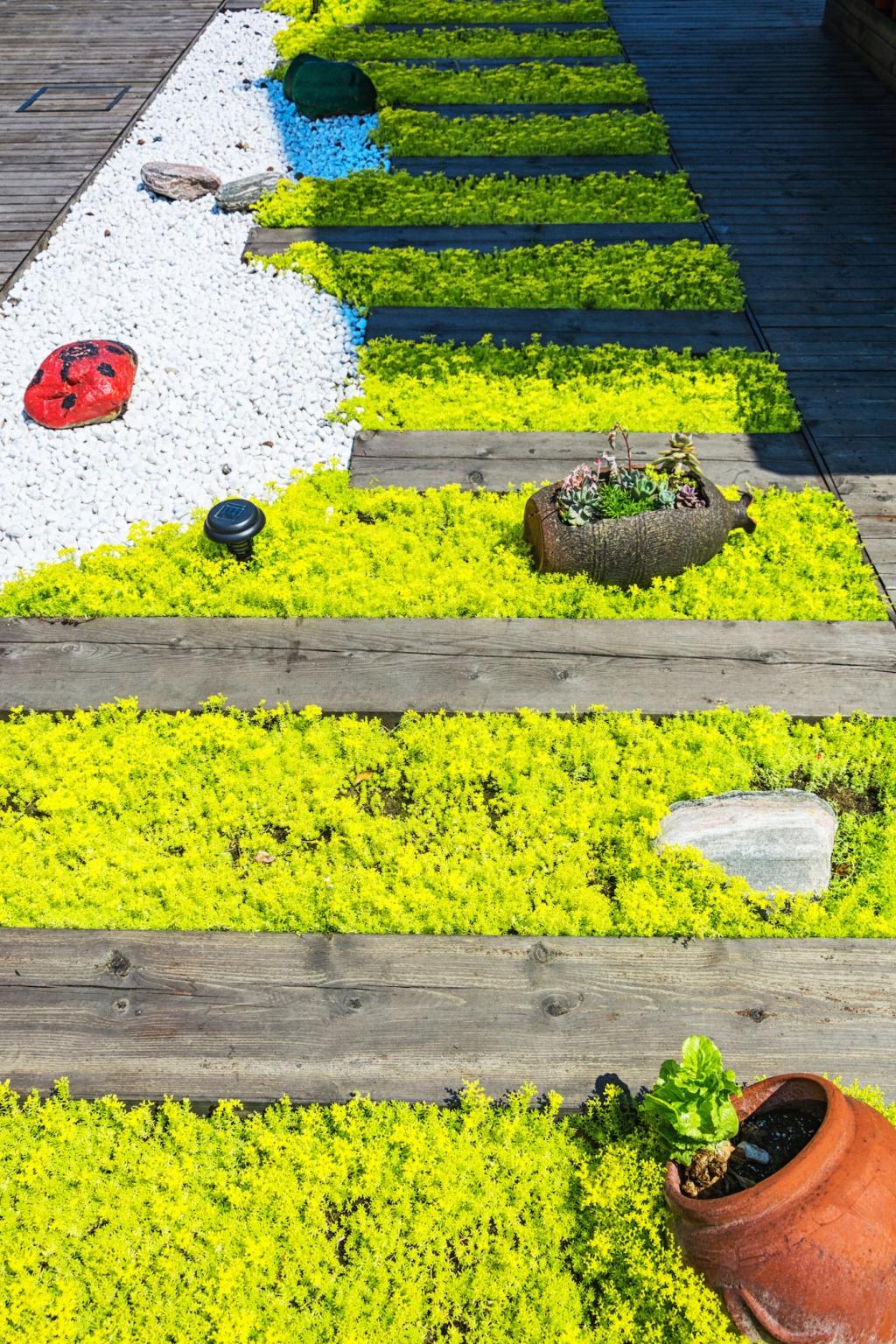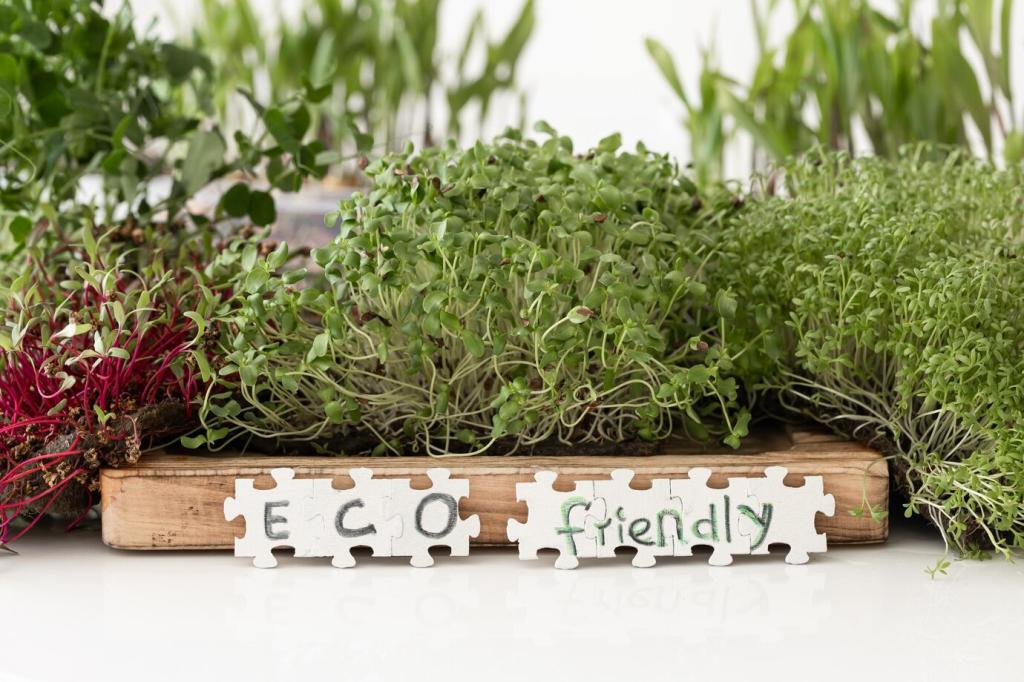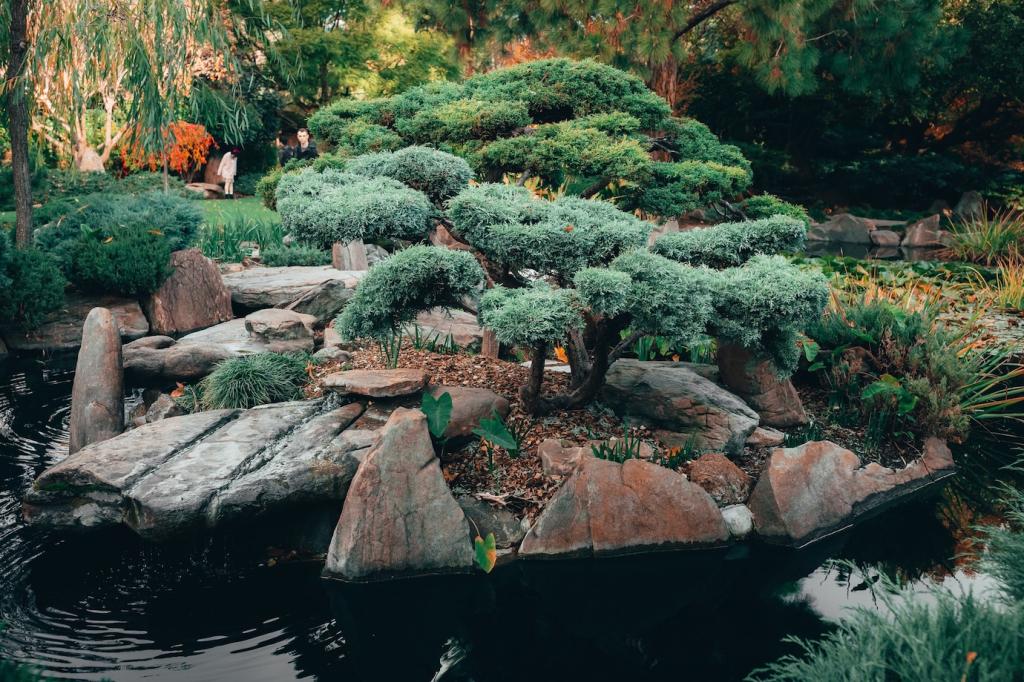Soil, Water, and Safe Harbor
Shallow saucers with pebbles, damp sand patches, and a dripping hose tip provide minerals and safe drinking. Refresh often, avoid bleach, and place stations near blooms. Who visits your water spots most?
Soil, Water, and Safe Harbor
Leave some bare, well-drained soil for ground-nesting bees, and use leaf litter as winter cover. Wood mulch is fine in pathways, but not everywhere. Share your mulch map for community tips.
Soil, Water, and Safe Harbor
Avoid systemic insecticides and neonics that linger in nectar and pollen. Spot-treat weeds manually and encourage predators. If you must treat, do so at dusk, never during bloom. Pledge a no-spray season below.

